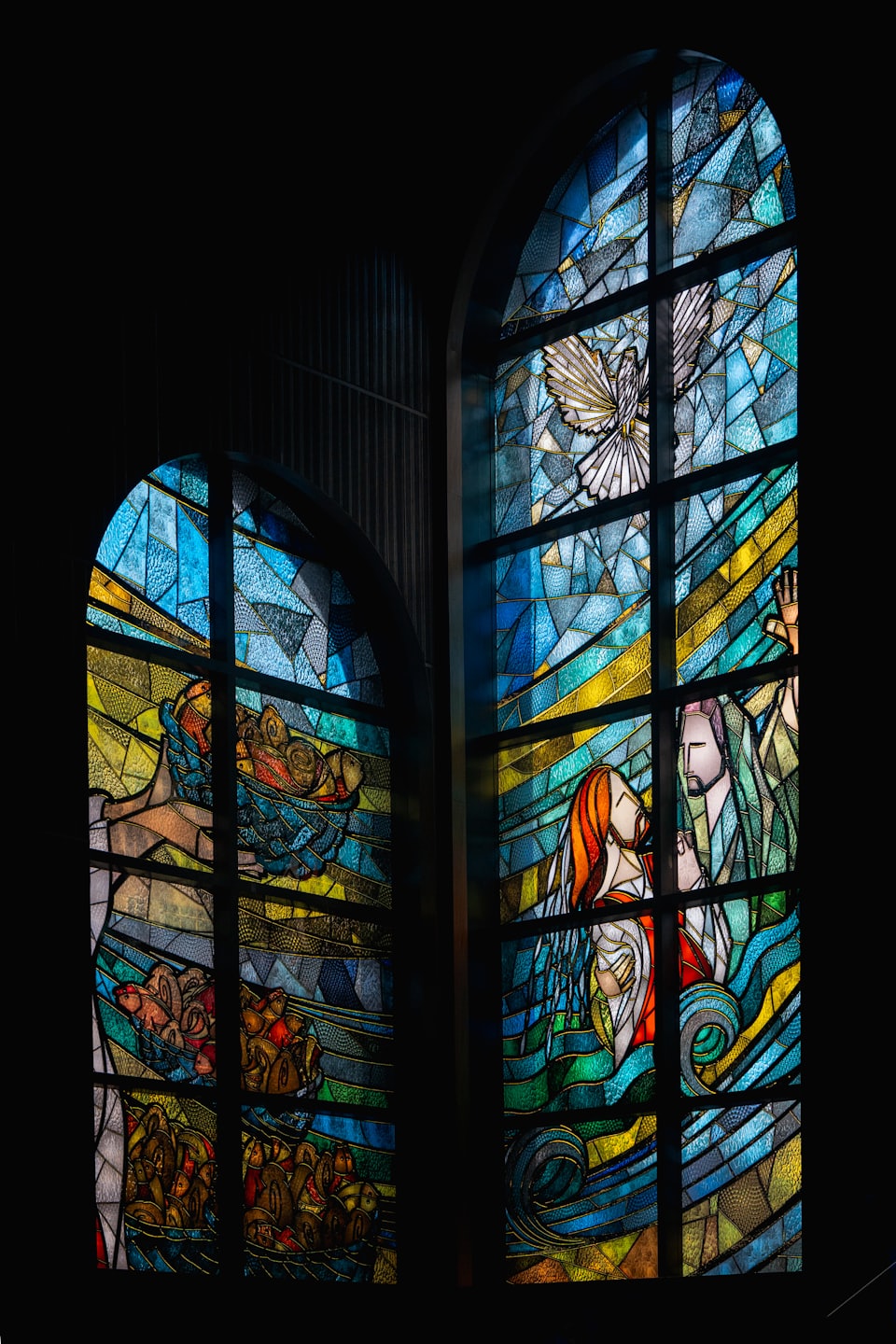Artists in the Church of Jesus Christ of Latter-day Saints has been profoundly influenced by various art styles and traditions. While the Church of Jesus Christ of Latter-day Saints has a distinct doctrinal and historical narrative to portray, its artists have utilized and adapted existing artistic movements to tell their story.
1. Pioneer and Romantic Art
The earliest art produced by members of The Church of Jesus Christ of Latter-day Saints was not a formalized “style” but a practical reflection of the circumstances of its creation. The first generation of artists were often converts from Europe, particularly Scandinavia and England, who brought with them the dominant artistic sensibilities of their time. The primary influence on this early work was Romanticism.
Romanticism, a major art movement of the 19th century, emphasized emotion, individualism, the sublime in nature, and a connection to the past. These themes resonated deeply with the pioneer experience. Instead of the polished, idealized scenes of later art, early LDS works often depicted the raw, dramatic landscapes of the American West. Artists like C.C.A. Christensen and Dan Weggeland documented the harrowing journey of the pioneers across the plains. Their paintings of handcart companies, settlements, and key historical events were not just records; they were imbued with the emotional weight of a people sacrificing everything for their faith. This art was created to inspire and teach, serving as a visual history for a community that had recently undergone massive displacement and hardship. The focus was on the heroism and struggle of the journey, reflecting the Romantic ideal of man’s struggle against nature and his own mortality.
2. Academic Realism and the “Golden Age of Illustration”
As the Church matured and became more established in Utah, a new era of art began. In the late 19th century, Church leaders recognized the need for art that was not just historical but also elevated and educational. To achieve this, a number of artists, including John Hafen, Lorus Pratt, and Edwin Evans, were sent to study at prestigious European academies. This initiative, often called the “Paris Art Mission,” brought the influence of Academic Realism to LDS art.
Academic Realism was a style favored by European academies, characterized by meticulous draftsmanship, a focus on the human form, and grand, often historical or mythological, subjects. These artists returned to Utah and applied their newfound skills to Church-themed art. A prime example of this is the murals they painted for the Salt Lake Temple. Hafen’s mural in the Garden Room, for instance, reflects the classical influence in its idealized, almost allegorical, depiction of the Creation. This period marked a shift from the more rustic, documentary style of the pioneers to a more polished, classical approach.
The mid-20th century saw the most pervasive and defining influence on LDS art: the Golden Age of American Illustration. The Church began to mass-produce images for its magazines, manuals, and temples, and it turned to some of the most prominent illustrators of the day, many of whom were not members of the Church. Artists like Arnold Friberg, Harry Anderson, and Tom Lovell were trained in this tradition, which prioritized clear, accessible storytelling and heroic, idealized figures.
Friberg’s illustrations for the Book of Mormon are a key example. His muscular, dramatic, and heroic depictions of characters like Captain Moroni were directly influenced by his work in Hollywood and his appreciation for epic, larger-than-life narratives. These images were designed for maximum didactic impact, to make scripture and history tangible and relatable to a broad audience. This style, which became synonymous with official Church art for decades, borrowed from the techniques of commercial art to create a unified, easily recognizable visual language for the faith.
3. Traditional Christian Art and Neoclassicism
Our church art has also been heavily influenced by the broader tradition of Christian art, particularly Neoclassical and 19th-century Danish Realism. The Church’s embrace of the “Christus” statue by Danish sculptor Bertel Thorvaldsen is a notable example. This work, with its serene, welcoming posture and classical idealism, became the de facto representation of Jesus Christ for the Church. The widespread adoption of this image, along with paintings by Danish artist Carl Bloch connects the Church’s view of Christ to established Christian artistic tradition.
Artists like Minerva Teichert, while rooted in her own unique style, also drew on a vast knowledge of art history, from Byzantine mosaics to Renaissance masters. Her murals often combined a simplified, folk-art aesthetic with the grand scale and narrative ambition of the great muralists, creating a uniquely LDS blend of folk realism and epic storytelling.
4. Modernism and Contemporary Pluralism
The late 20th and early 21st centuries have seen the Church’s art move away from a single, dominant institutional style. This shift mirrors the broader trends of Modernism and Post-Modernism, which challenged the traditional notions of representational art. While the Church continues to use its established illustrative style for official publications, the broader community of church artists has embraced a much wider range of approaches.
Artists like Brian Kershisnik have gained prominence for their highly personal, narrative, and often whimsical works that draw on influences from Expressionism and Folk Art. Their art is less about documenting history and more about exploring the emotional and spiritual dimensions of faith. Likewise, the work of Jorge Cocco Santángelo introduced an entirely new style, Sacrocubism, which uses cubist principles to deconstruct and re-envision sacred narratives, focusing on the spiritual essence rather than a literal, historical depiction. This artistic pluralism reflects the Church’s growing global diversity and its members’ desire for art that speaks to their individual experiences.
As we can see, our art has adapted and absorbed influences from Romanticism, Academic Realism, the Golden Age of Illustration, Neoclassicism, and Modernism.

